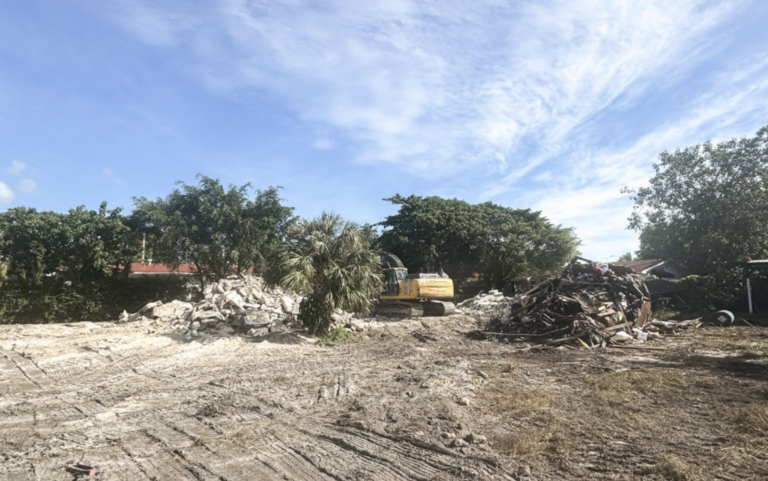Miami Real Estate Market Projections: What to Expect in the Second Half of 2024
Miami, renowned for its dynamic real estate market, continues to attract the attention of both local and international investors. As we move through 2024, several key factors and financial projections are shaping the city’s real estate landscape. This analysis focuses on the most relevant predictions and trends that investors should consider for making informed decisions.

Decrease in Mortgage Rates
One of the most notable developments is the anticipated reduction in mortgage rates throughout 2024. According to CondoBlackBook, interest rates are expected to follow a downward trend, influenced by the yields of 10-year Treasury bonds. This reduction could incentivize both buyers and sellers to actively participate in the market, increasing competition and potentially driving up property prices.

Increase in Inventory
Miami’s market will see a significant increase in available housing inventory. This rise is partly due to the completion of several luxury condominium projects, such as Aston Martin Residences, Una Residences, and Lofty Brickell, among others. This increase in inventory will provide more options for buyers, helping to balance the market and keep prices competitive.

Moderate Price Growth
According to a report from Norada Real Estate, the average home value in the Miami metropolitan area has increased by 7% over the past year, with an average value of $477,917. For 2024, an additional 2.5% increase in prices is projected. This moderate growth reflects market stability and sustained demand, which is a positive sign for investors seeking long-term capital appreciation.

Demand in the Luxury Market
Miami’s luxury real estate segment remains robust. The David Siddons Group highlights that demand for luxury properties, particularly in areas like Brickell and Edgewater, will continue to be high. Despite fluctuations in other segments, luxury properties are well-positioned for ongoing appreciation, driven by international buyers and the development of new iconic projects.
Impact of Migration and Demographics
Miami continues to attract new residents, both national and international, due to its favorable climate, lifestyle, and economic opportunities. This migration continues to fuel the demand for residential and commercial properties. Additionally, the city’s demographic diversity contributes to a dynamic and adaptable real estate market, capable of attracting a wide range of investors and buyers.
Sources





